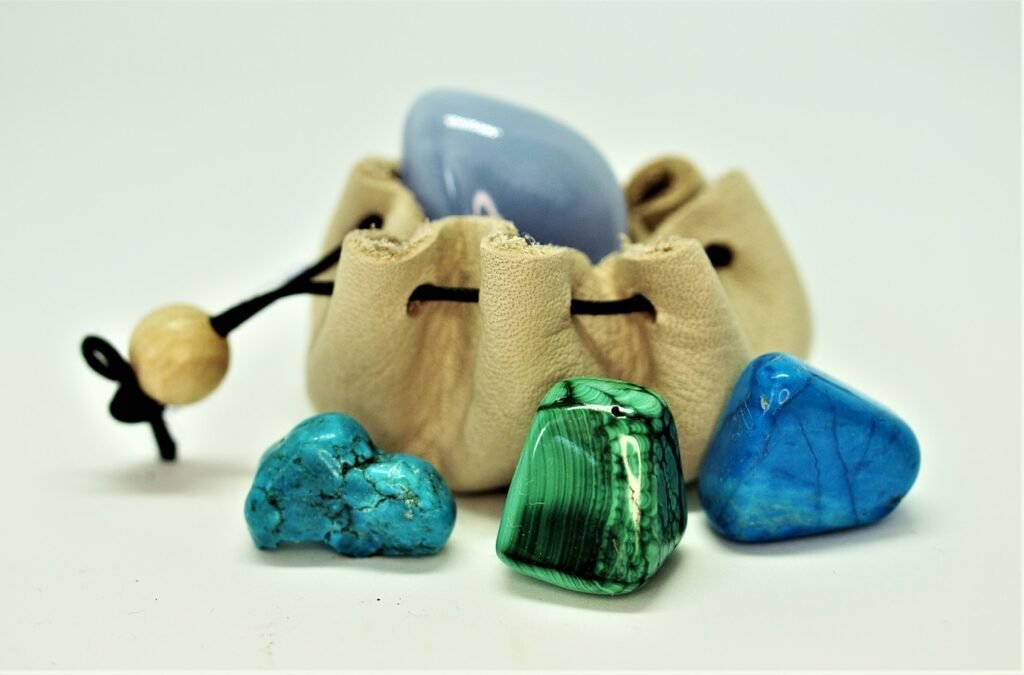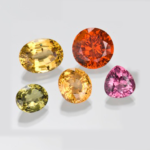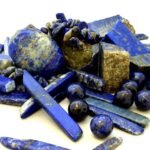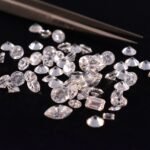Discover the fascinating world of gemstones in this comprehensive 2025 guide. Explore the main types of gemstones, their properties, classifications, origins, and uses in jewelry. Learn the difference between precious and semi-precious stones, how to identify gemstones, and find out which gems suit your style and budget best.
What Are Gemstones and Why They Matter
Gemstones are naturally occurring minerals or organic materials cut and polished for beauty, rarity, and durability. They have captivated humanity for centuries from ancient Egypt to modern fine jewelry in the USA, UK, and beyond. Each gem carries unique optical and physical properties, symbolisms, and market values. Whether it’s a diamond engagement ring or a turquoise pendant, gemstones are timeless treasures connecting Earth’s geological wonders with human artistry. Understanding the different types of gemstones helps collectors, buyers, and jewelry lovers make informed, value-based choices.
How Gemstones Are Classified: Precious vs. Semi-Precious
The traditional classification divides stones into precious gemstones Diamond, Ruby, Sapphire, and Emerald and semi-precious gemstones, which include Amethyst, Aquamarine, Garnet, Peridot, and many more. However, gemologists today (including the Gemological Institute of America – GIA) consider this division outdated. Instead, classification depends on chemical composition, crystal structure, and optical properties.
Gemstones are further categorized into natural, synthetic, and simulant types. Natural gems form in the Earth, synthetic ones are lab grown with identical properties, and simulants only imitate appearance. For deeper insights, explore our guide on Zultanite Gemstone and Fire Agate.
Gemstone Properties That Define Value and Beauty
Every gemstone has distinct physical and optical properties that determine its value and desirability. The most important include hardness (measured on the Mohs scale), refractive index, specific gravity, clarity, and color tone. For instance, diamond tops the Mohs scale with a hardness of 10, while opal and turquoise are much softer.
Color and brilliance define a gemstone’s charm, while transparency, durability, and luster influence jewelry suitability. Understanding these attributes is vital for buyers in markets like New York, London, Toronto, and Sydney, where gemstone certifications and authenticity matter most.
Precious and Semi-Precious Gemstones
Precious gemstones like diamonds, emeralds, sapphires, and rubies have always been highly valued for their rarity and beauty. Types of precious stones are known for their brilliance, durability, and investment value. On the other hand, semi-precious stones like amethyst, garnet, and topaz offer vibrant colors and affordability. Understanding the difference between these categories helps buyers choose stones based on their budget, aesthetic preferences, and jewelry needs. The market offers all kinds of precious stones, making it essential to explore various options.
Major Types and Families of Gemstones (Complete Guide 2025)
Diamond (Carbon) — The King of Gemstones
The diamond is the ultimate symbol of purity, strength, and everlasting love. Formed deep within the Earth’s mantle under immense pressure, it is composed purely of carbon arranged in a perfect crystal lattice. With a Mohs hardness of 10, it’s the hardest known natural material, ideal for engagement rings and fine jewelry that endure daily wear. Diamonds are mined from countries like Australia, South Africa, and Canada, and prized globally for their unmatched brilliance and fire. They represent eternal commitment and clarity of spirit. To maintain their sparkle, clean them regularly with mild detergent and a soft brush, avoiding harsh chemicals. For affordable alternatives, explore our guide on Zircon Gemstone Guide.
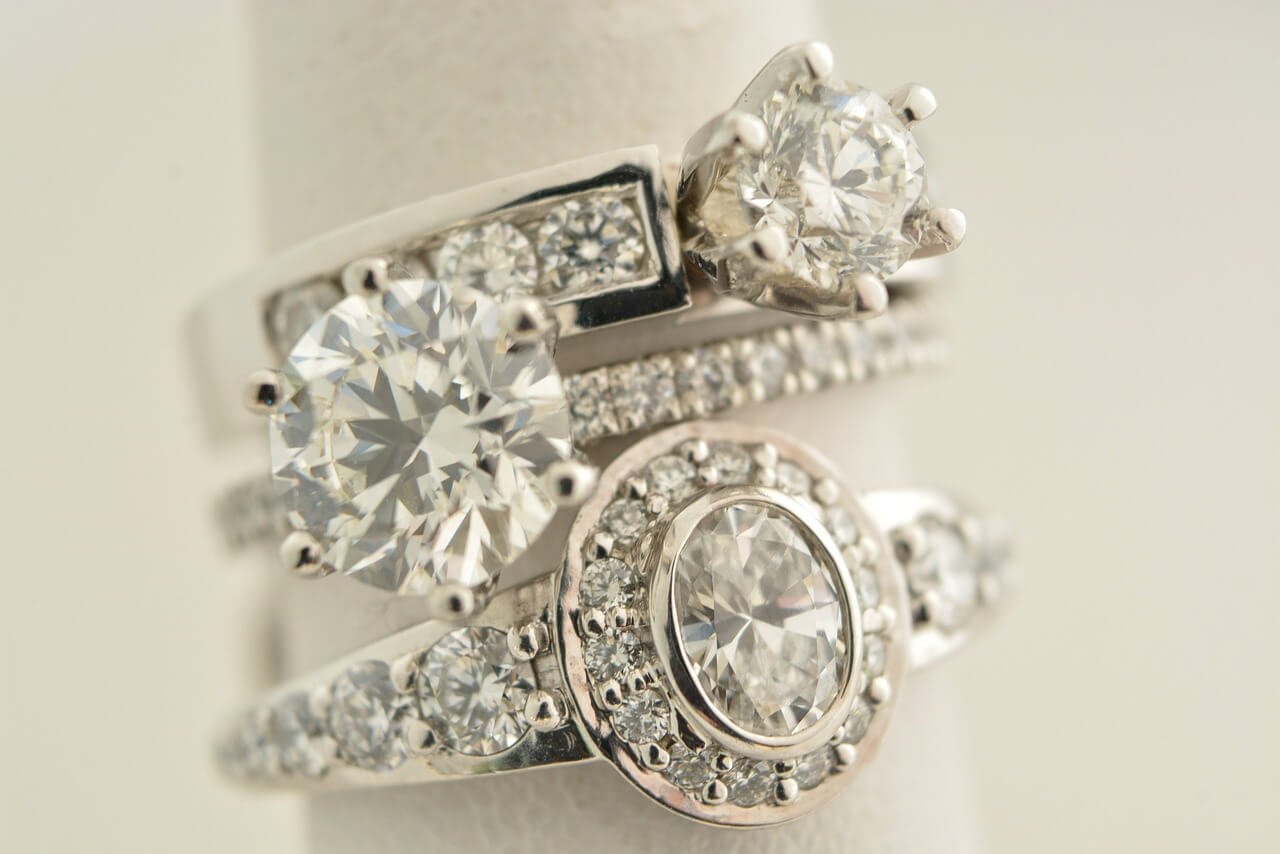
Corundum Family: Ruby and Sapphire — Gems of Passion and Wisdom
The corundum family includes two of the world’s most cherished gemstones ruby and sapphire. Composed of aluminum oxide (Al₂O₃), these gems rank 9 on the Mohs scale, just below diamond. Rubies, with their deep red hues, are mined in Myanmar, Sri Lanka, and Mozambique, symbolizing passion, vitality, and courage. Sapphires, found in shades of blue, pink, yellow, and even colorless, are sourced from Sri Lanka, Australia, and Montana (USA). They represent wisdom, loyalty, and truth, making them favorites in royal jewelry across the UK and USA. These gems are highly durable and can be cleaned safely with warm soapy water, making them perfect for heirloom pieces.
Ruby — The Gem of Passion and Power
The ruby gemstone, often called the “King of Gemstones” radiates intense red hues symbolizing love, vitality, and courage. Composed of aluminum oxide with traces of chromium, ruby belongs to the corundum family and ranks 9 on the Mohs scale, making it exceptionally durable for fine jewelry. The most prized rubies originate from Myanmar (Burma), Mozambique, and Sri Lanka, where their vivid “pigeon blood” color is highly coveted in luxury markets across the USA and UK. Historically associated with royalty and protection, ruby is believed to energize the heart and inspire confidence. To preserve its fiery brilliance, clean gently with warm soapy water and avoid extreme heat or ultrasonic devices. Explore more vibrant red treasures in our guide on Jacinth Gemstones.
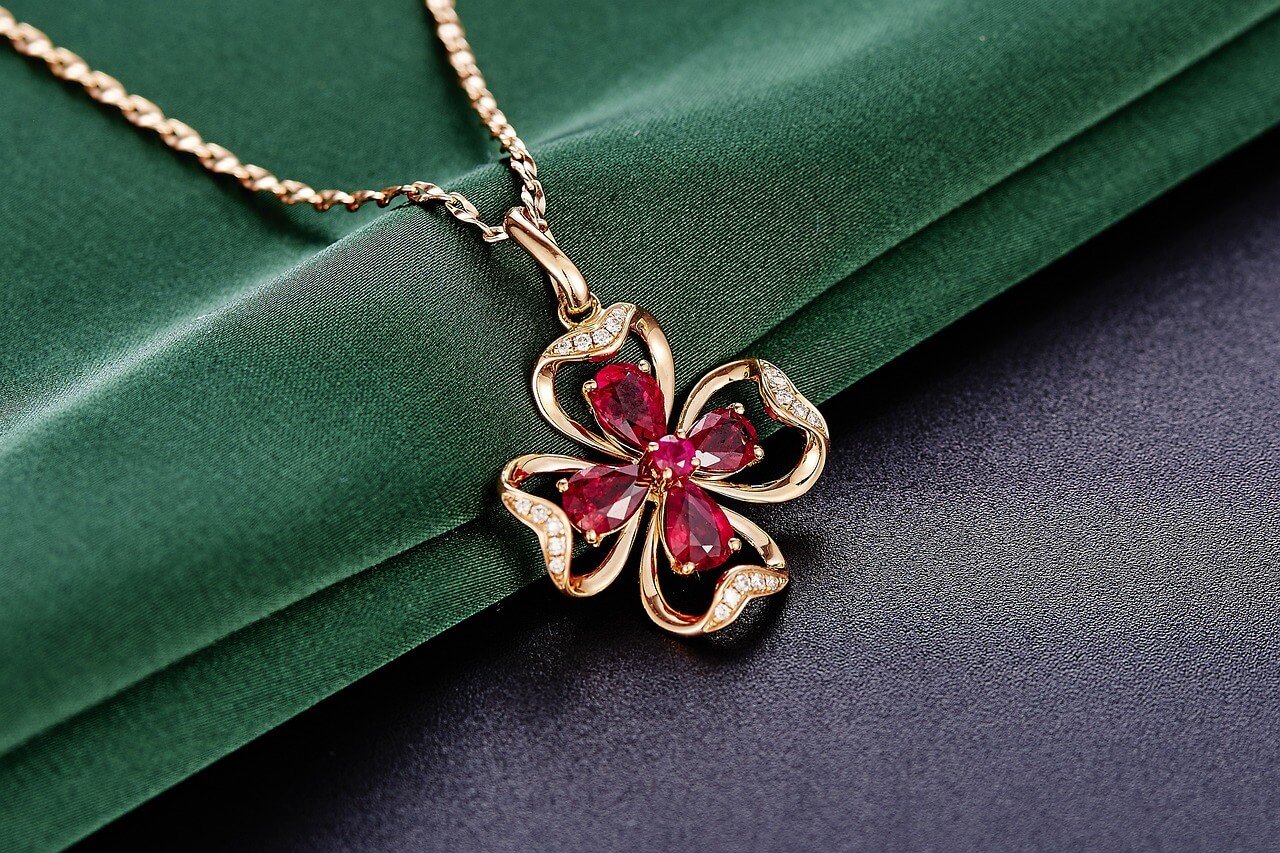
Sapphire — The Stone of Wisdom and Royal Elegance
The sapphire gemstone captivates with its serene blue beauty and timeless symbolism of wisdom, loyalty, and truth. Like ruby, sapphire is a variety of corundum (Al₂O₃) and shares the same remarkable hardness of 9, ensuring long-lasting brilliance. The most sought-after Ceylon sapphires from Sri Lanka, along with stones from Australia, Madagascar, and Montana (USA), display unmatched clarity and radiance. Available in a rainbow of hues blue, pink, yellow, and even colorless sapphire remains one of the most cherished gems for engagement rings and heirloom jewelry in North America and Europe. Its calming energy is said to bring mental clarity and spiritual balance. For care, clean sapphires with mild soap and a soft brush to maintain their captivating glow.
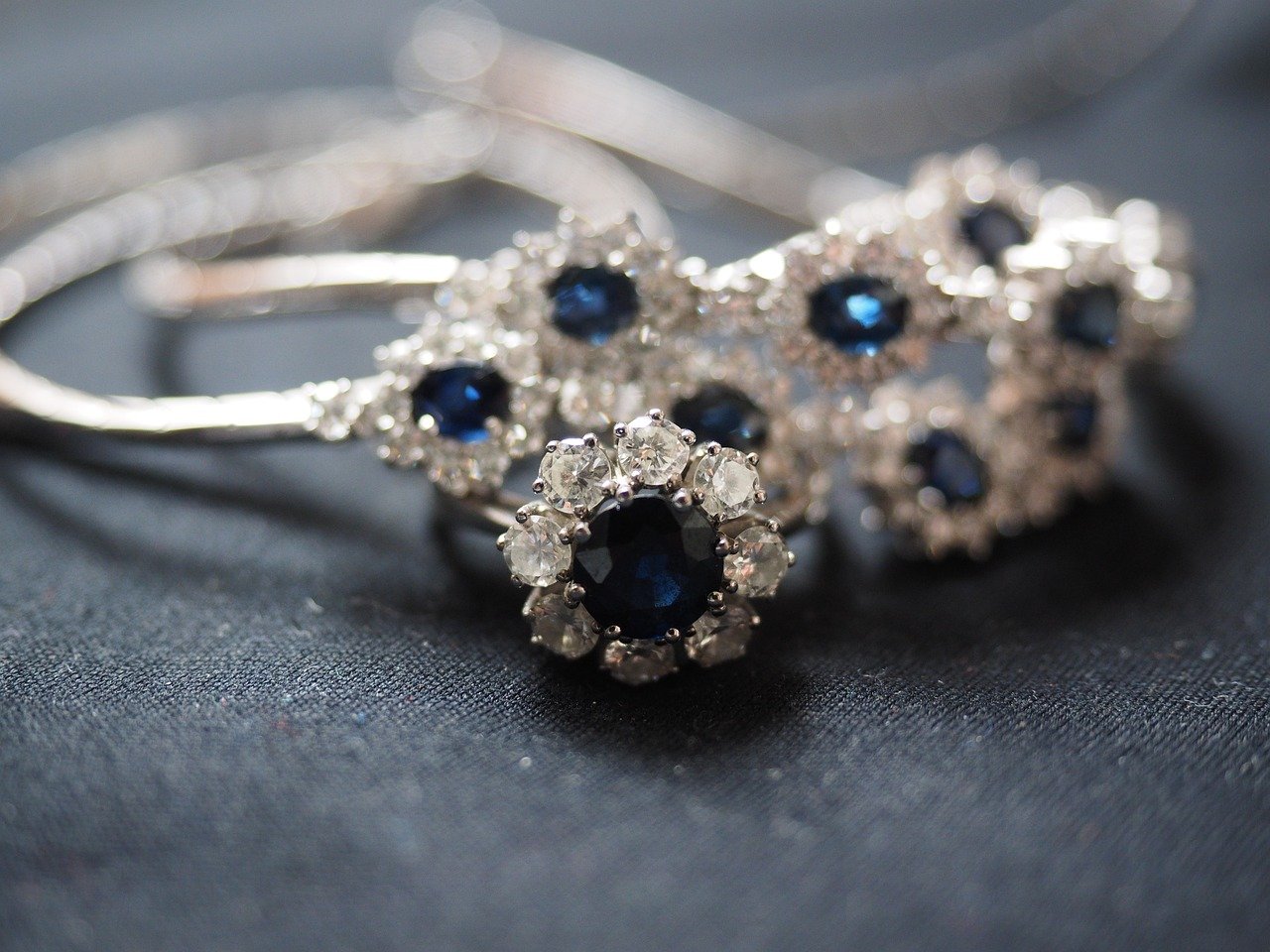
Beryl Family: Emerald, Aquamarine, Morganite & Goshenite — Nature’s Crystal Harmony
The beryl family is known for its vivid range of colors and transparent beauty. Chemically, it’s a beryllium aluminum silicate (Be₃Al₂Si₆O₁₈) family with a Mohs hardness of 7.5–8, offering both durability and brilliance. Emerald, with its lush green hue, originates from Colombia, Zambia, and Brazil, symbolizing growth and rebirth. Aquamarine, found in Brazil and Nigeria, reflects the soothing colors of the sea, representing tranquility and courage. Morganite, beloved in Australia and the USA, displays soft peach pink tones symbolizing compassion and love. Goshenite, the colorless member, is valued for purity and clarity. Beryl gemstones require gentle cleaning avoid ultrasonic cleaners and heat exposure to preserve their natural brilliance.
Emerald — The Gem of Rebirth and Prosperity
The emerald gemstone, a prized member of the beryl family, is celebrated for its deep green brilliance and timeless allure. Composed of beryllium aluminum silicate, it ranks 7.5–8 on the Mohs scale, combining beauty with strength. Found mainly in Colombia, Zambia, and Brazil, fine emeralds exhibit a vivid, velvety hue known as “emerald green.” Historically cherished by royalty from Europe to Egypt, emerald symbolizes rebirth, wisdom, and abundance, making it a favorite in luxury jewelry across the USA and UK. It is believed to enhance intuition and promote emotional balance. Because of its natural inclusions, emeralds should be cleaned gently with mild soapy water and kept away from ultrasonic cleaners or extreme heat.
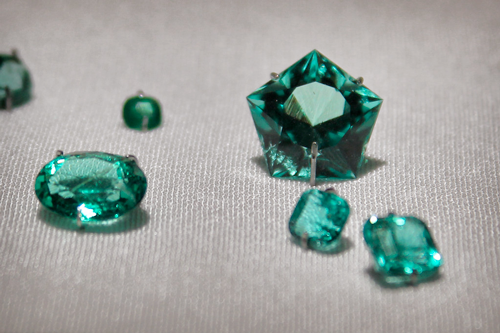
Aquamarine — The Stone of Serenity and Courage
The aquamarine gemstone captures the tranquil essence of the sea, radiating shades of cool blue and green that symbolize calmness, clarity, and courage. A transparent variety of beryl, it scores 7.5–8 on the Mohs scale, making it ideal for everyday jewelry. Mined in Brazil, Nigeria, and Madagascar, aquamarine is prized in North America and Australia for its soothing appearance and oceanic charm. In ancient lore, it was believed to protect sailors and promote clear communication. Today, it remains a popular choice for engagement rings and modern minimalist jewelry. To maintain its brilliance, clean gently with warm water and a soft brush, avoiding strong detergents or prolonged sunlight exposure.
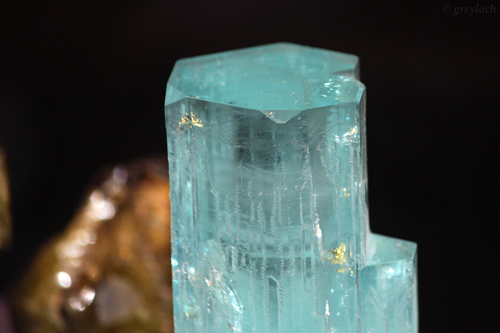
Morganite — The Gem of Love and Compassion
The morganite gemstone, known for its delicate pink to peach hues, embodies romance, compassion, and emotional healing. As a pink variety of beryl, it shares the family’s durability with a Mohs hardness of 7.5–8. Discovered in Madagascar and later popularized in the USA, morganite’s soft pastel tone makes it a beloved alternative to traditional diamonds in bridal jewelry. It is said to open the heart chakra, encouraging unconditional love and inner peace. Morganite’s gentle glow is best preserved by cleaning it in lukewarm, soapy water and avoiding harsh chemicals or steam cleaners. Its feminine elegance and spiritual energy make it a favorite gemstone for jewelry enthusiasts worldwide.
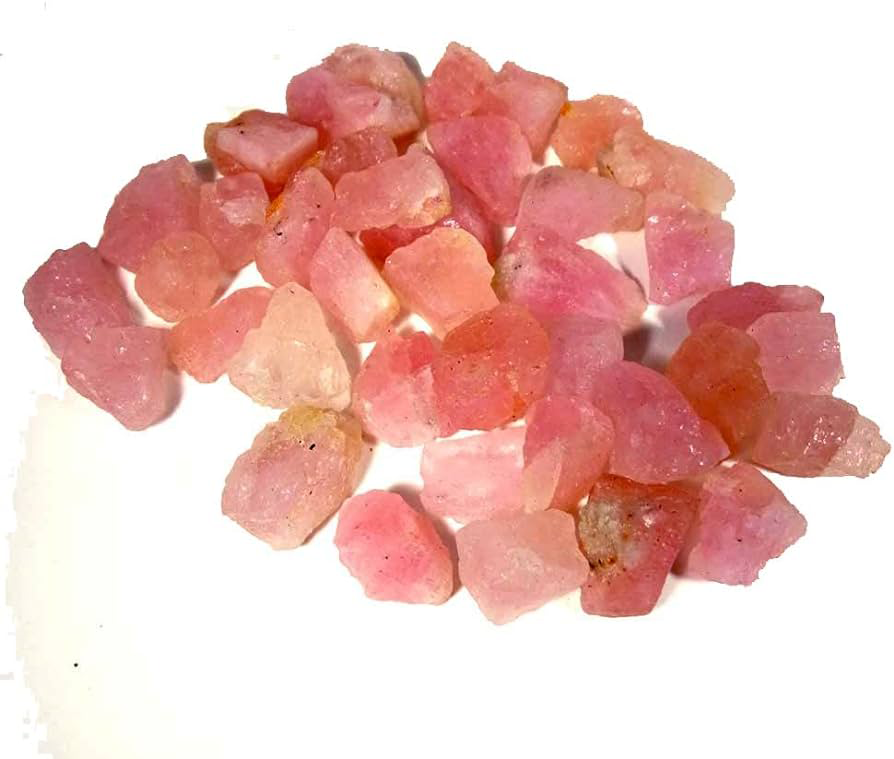
Goshenite — The Pure Essence of Clarity
Goshenite, the colorless variety of beryl, is prized for its transparency, purity, and brilliance. Named after its first discovery in Goshen, Massachusetts (USA), this gem symbolizes truth, honesty, and simplicity. With a Mohs hardness of 7.5–8, it offers excellent durability for fine jewelry settings. Often used as a natural alternative to diamond, goshenite’s crystal-clear appearance embodies spiritual clarity and open-mindedness. It is especially admired by minimalists in the UK and Canada who prefer understated elegance. To keep its surface radiant, wash gently with warm water and dry with a soft, lint-free cloth. Goshenite’s serene beauty makes it a timeless reminder that simplicity is the ultimate sophistication.
Quartz Family: Amethyst, Citrine, Rose Quartz, and Tiger’s Eye Versatile Beauty
The quartz family is one of the most abundant and versatile gemstone groups in the world. Composed of silicon dioxide (SiO₂), these stones rank 7 on the Mohs scale, making them durable for daily wear. Amethyst, the purple variety, is a February birthstone representing peace and spirituality, found in Brazil, Uruguay, and Zambia. Citrine, with golden hues, is known as the “merchant’s stone,” believed to attract prosperity. Rose Quartz radiates love and emotional healing, while Tiger’s Eye, famous for its chatoyant sheen, symbolizes strength and focus. Quartz gemstones are easy to clean with mild soap and warm water, though they should be protected from direct sunlight to prevent fading. Learn more in our detailed guides on Rhodonite Gemstone and Jet Gemstone.
Garnet Group: Almandine, Spessartine, Tsavorite — The Fire of the Earth
The garnet group showcases Earth’s fiery palette, from deep crimson to vibrant green. These silicate minerals form under high pressure and temperature, offering a Mohs hardness of 6.5–7.5. Almandine is the most common variety, prized for its deep red color. Spessartine dazzles in bright orange, while Tsavorite, a rare green garnet from Kenya and Tanzania, rivals emerald in brilliance. Garnets symbolize energy, vitality, and regeneration, often used in jewelry to boost confidence and creativity. These durable stones are easy to maintain — just clean with lukewarm water and a soft cloth. Their affordability and rich symbolism make them favorites in UK and Canadian jewelry markets.
Tourmaline Family (Including Rubellite) — The Rainbow Gemstone
Tourmaline is a gemstone family celebrated for its breathtaking spectrum of colors from neon pink Rubellite to emerald green Verdelite and ocean blue Paraiba. Composed of boron silicate, it rates 7–7.5 on the Mohs scale. Tourmalines are found in Brazil, Madagascar, and the USA (California & Maine). Each color variation carries a unique meaning: pink for love, green for prosperity, and black for protection. This gemstone’s natural energy appeal makes it a favorite among spiritual jewelry enthusiasts in Australia and North America. Clean gently using a damp cloth and avoid high heat or ultrasonic cleaning. For similar stones with optical magic, see Color Change Gemstones.
Organic Gemstones: Pearl, Amber & Coral, Nature’s Living Treasures
Organic gemstones like pearl, amber, and coral are unique creations of nature, born from living organisms rather than deep within the Earth. Their natural warmth and softness reflect the rhythm of life itself. Pearls, formed inside oysters, symbolize purity and sophistication, adorning fine jewelry across the USA, UK, and Australia. Explore our full guide on Pearls to discover types such as Tahitian, South Sea, and natural freshwater pearls. Amber, a golden fossilized tree resin from the Baltic region, radiates warmth and healing energy. Red coral, grown by marine polyps in Mediterranean seas, signifies passion, vitality, and protection, often cherished in spiritual and traditional jewelry.
With a Mohs hardness of 2.5–4, these gems need gentle care avoid heat, acids, or ultrasonic cleaning, and wipe them softly after wear. Organic gemstones embody emotional balance and connection to the natural world, making them timeless favorites among jewelry collectors and wellness enthusiasts worldwide.
Pearl — The Gem of Purity and Timeless Elegance
The pearl gemstone is one of nature’s most captivating organic treasures, formed inside oysters and mollusks rather than deep within the Earth. Cherished for its soft luster and graceful appeal, real pearls symbolize purity, serenity, and sophistication. From luxurious South Sea pearls and fascinating Tahitian pearls to elegant freshwater varieties, each type offers unique charm and radiance. Highly valued in the USA, UK, and Australia, pearls are a classic choice for bridal and fine jewelry. With a Mohs hardness of 2.5–4.5, they require delicate handling — avoid perfumes, acids, and ultrasonic cleaning. To explore their types and meanings in depth, visit our detailed guide on Pearls.
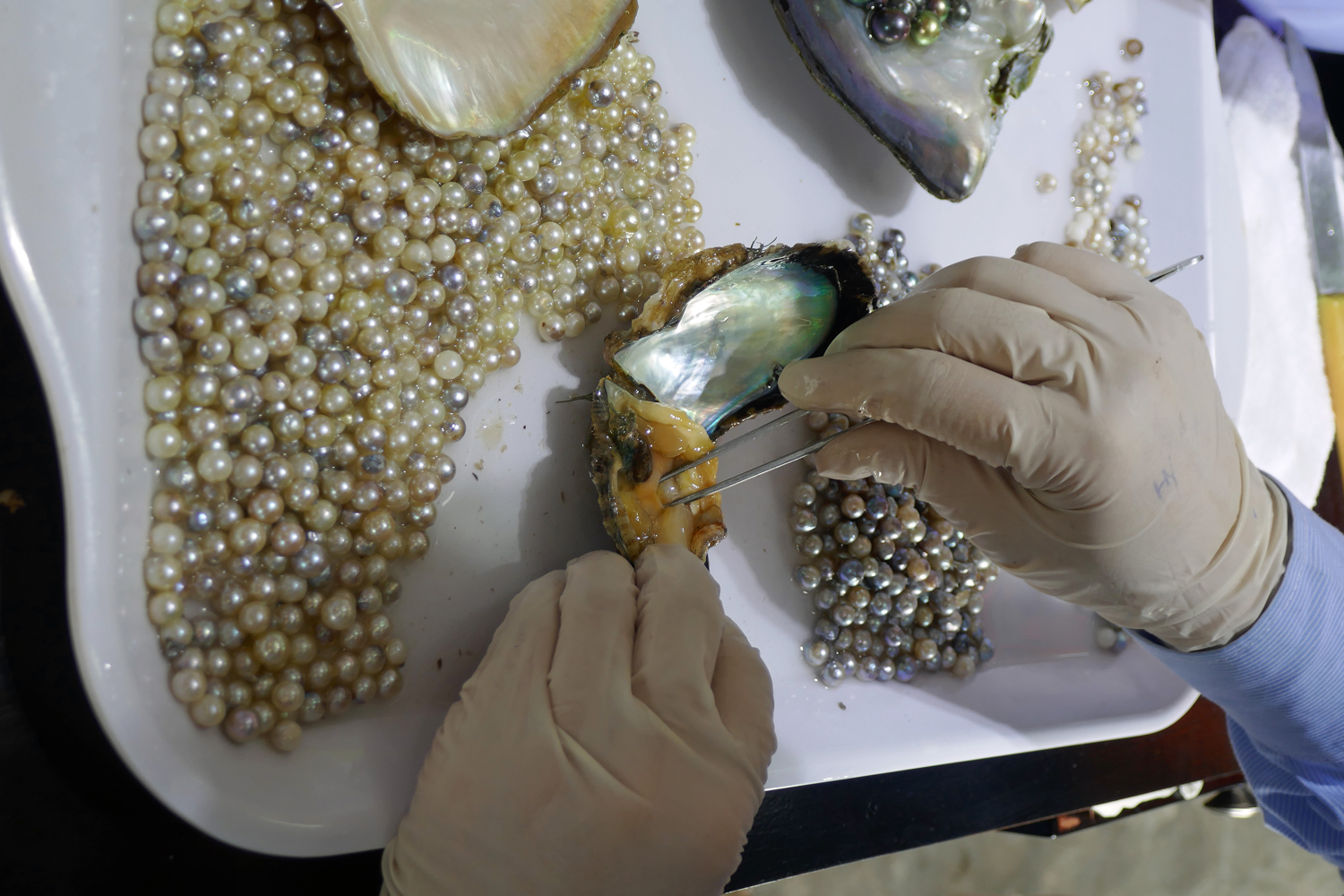
Amber — The Golden Gem of Warmth and Ancient Energy
The amber gemstone, unlike any other, is a fossilized tree resin that has preserved the magic of time for over 30 million years. Found primarily in the Baltic region, amber glows with golden and honey hues, often containing fascinating prehistoric inclusions. Its warm radiance is believed to attract healing energy, protection, and positivity, making it a favorite in North American and European jewelry markets. With a Mohs hardness of 2–2.5, amber is lightweight and ideal for pendants, beads, and healing jewelry. Its gentle, organic beauty connects wearers to the Earth’s ancient history, symbolizing renewal, optimism, and balance. Clean amber with a soft cloth and store it separately to avoid scratches.
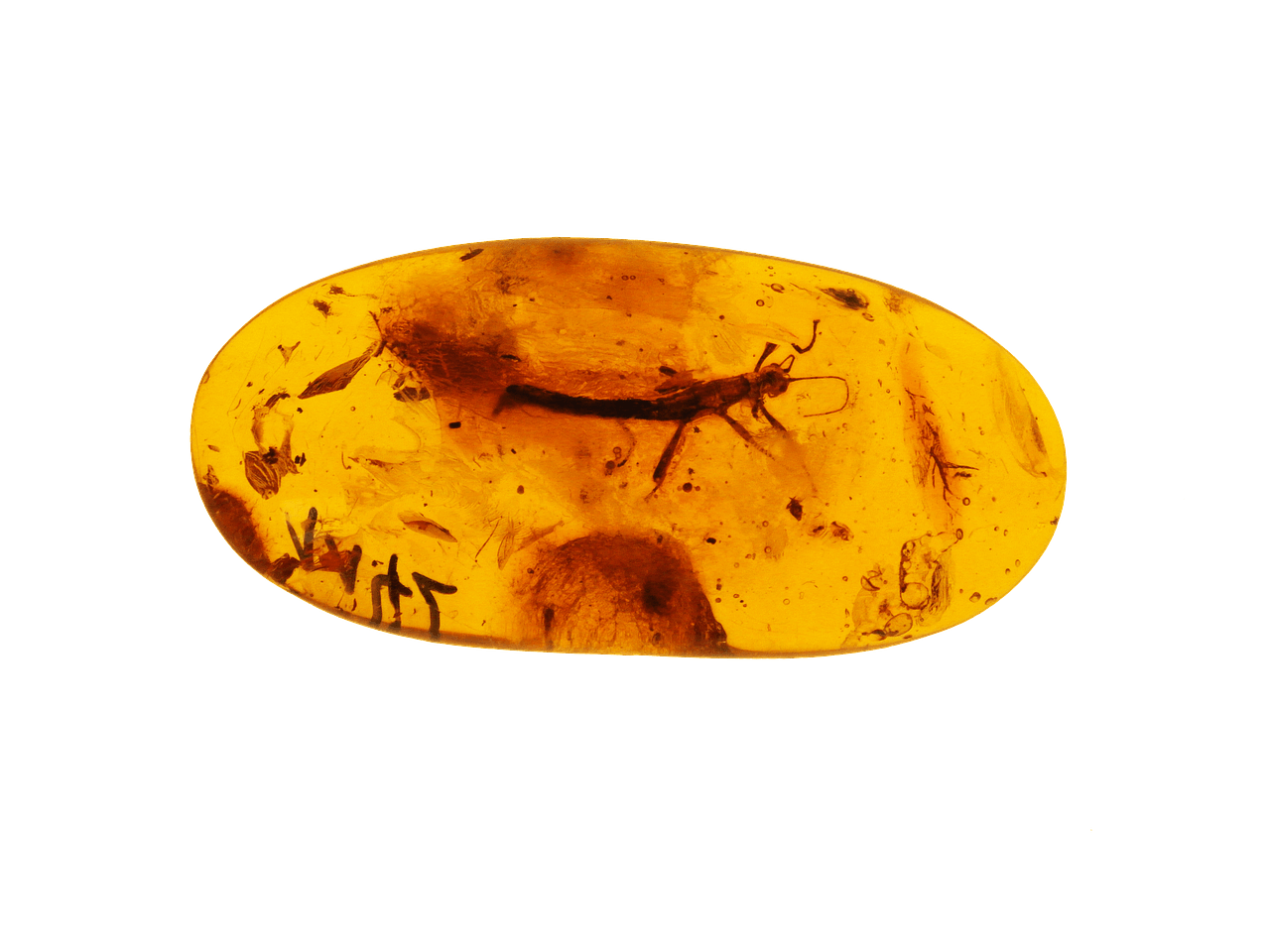
Coral — The Gem of Vitality and Oceanic Strength
The coral gemstone, a natural formation created by marine polyps, is admired for its deep red to pinkish-orange tones that symbolize life force, passion, and protection. Found mainly in the Mediterranean Sea, Japan, and India, red coral (also known as precious coral) has been revered for centuries in both Western and Asian cultures. It is often worn to boost confidence and attract positive energy, aligning strongly with the Root Chakra. With a Mohs hardness of around 3–4, coral is relatively soft and should be cleaned only with a damp cloth and mild soap. In high-end jewelry markets across the USA and UK, coral remains a timeless favorite for its vibrant color and organic charm.
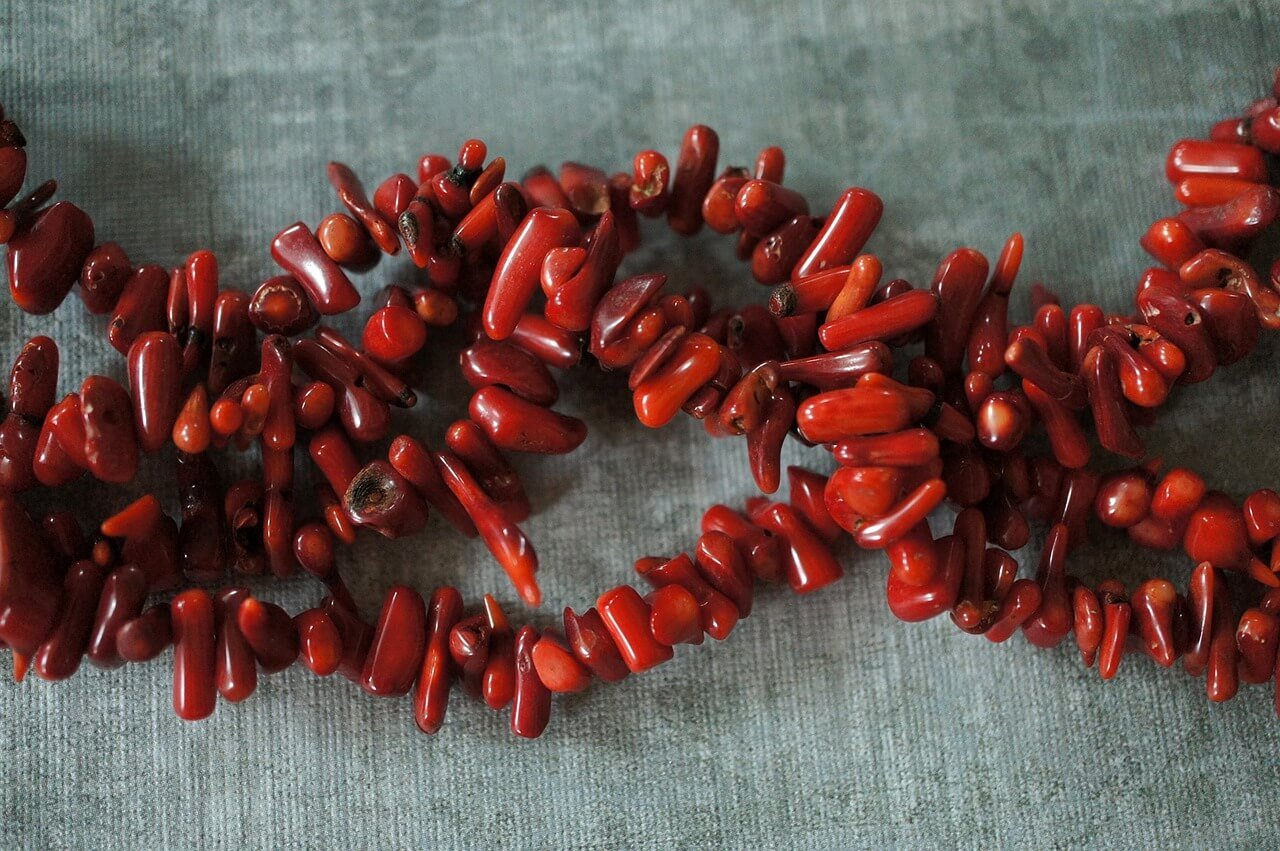
How to Identify Genuine Gemstones
Learning How to identify gemstones is crucial for buyers and collectors. Experts use tools like the refractometer, polarizing filter, and microscope to detect authenticity. For consumers, check for certification from GIA or IGI, review color consistency, and avoid overly “perfect” stones these often indicate synthetic origins. Our article on Jet Gemstone explains how to verify natural origin and texture.
Benefits of Precious Gemstones
Beyond their beauty, precious gemstones are believed to have healing properties and metaphysical benefits. Diamonds are associated with strength and clarity, emeralds with prosperity and growth, rubies with love and vitality, and sapphires with wisdom and protection. Many people wear precious gemstones for their supposed benefits, making them popular in both traditional and modern jewelry.
Other Rare and fascinating Gemstones: Tanzanite, Spinel, Larimar, and Alexandrite
For collectors and connoisseurs, rare gemstones offer both beauty and investment potential. Tanzanite, found only in Tanzania, displays striking violet-blue tones with pleochroic properties. Spinel, often mistaken for ruby, offers brilliance and hardness ideal for fine jewelry. Larimar, a rare blue pectolite found exclusively in the Dominican Republic, captures the essence of tropical seas learn more in our Larimar Stone Guide. Alexandrite, a color changing marvel from Russia and Sri Lanka, shifts from green to red under different light sources, symbolizing transformation and duality. These fascinating gems are highly sought-after in luxury jewelry markets across the USA, UK, and Canada, prized for rarity and uniqueness. Handle with care, as many of these stones are sensitive to light and heat.
Red Beryl
Often referred to as the red emerald, red beryl is primarily mined in Utah’s Wah Wah Mountains. Its vibrant crimson hue, attributed to manganese, makes it one of the most captivating gemstones. Rarer than diamonds, red beryl is highly sought after for exclusive jewelry pieces. Its formation process, requiring unique geological conditions, adds to its scarcity and appeal in the world of gemstones.
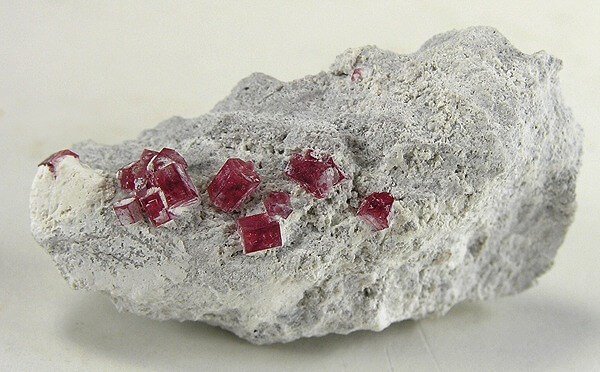
Alexandrite
Celebrated for its remarkable color changing ability, alexandrite was first discovered in Russia’s Ural Mountains in the 1830s. This gemstone shifts from green in daylight to red under incandescent light, symbolizing duality and rarity. Today, high-quality alexandrite is mined in Brazil and Sri Lanka, making it a prized possession for gemstone collectors and enthusiasts worldwide.
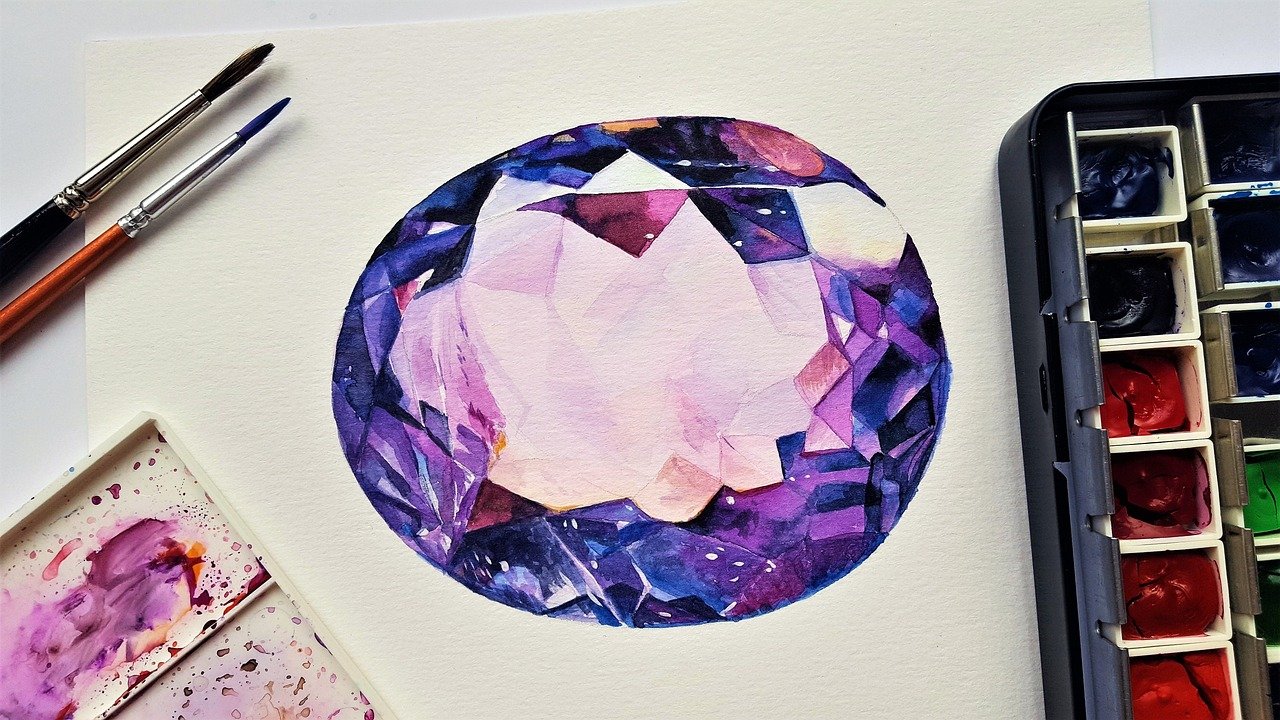
Grandidierite
Discovered in Madagascar, grandidierite is known for its mesmerizing blue green color and high transparency. Its rarity stems from limited mining locations, making it a prized gemstone for both collectors and jewelers. The gemstone’s durability and unique coloration contribute to its growing demand in the luxury gemstone market.
Taaffeite
Initially mistaken for spinel, taaffeite was identified as a new gemstone variety in the 1940s. Found in Sri Lanka and Tanzania, taaffeite’s violet to mauve hues and exceptional brilliance make it highly desirable. Its rarity is underscored by the limited number of specimens available worldwide, positioning it as one of the rarest gems in existence.
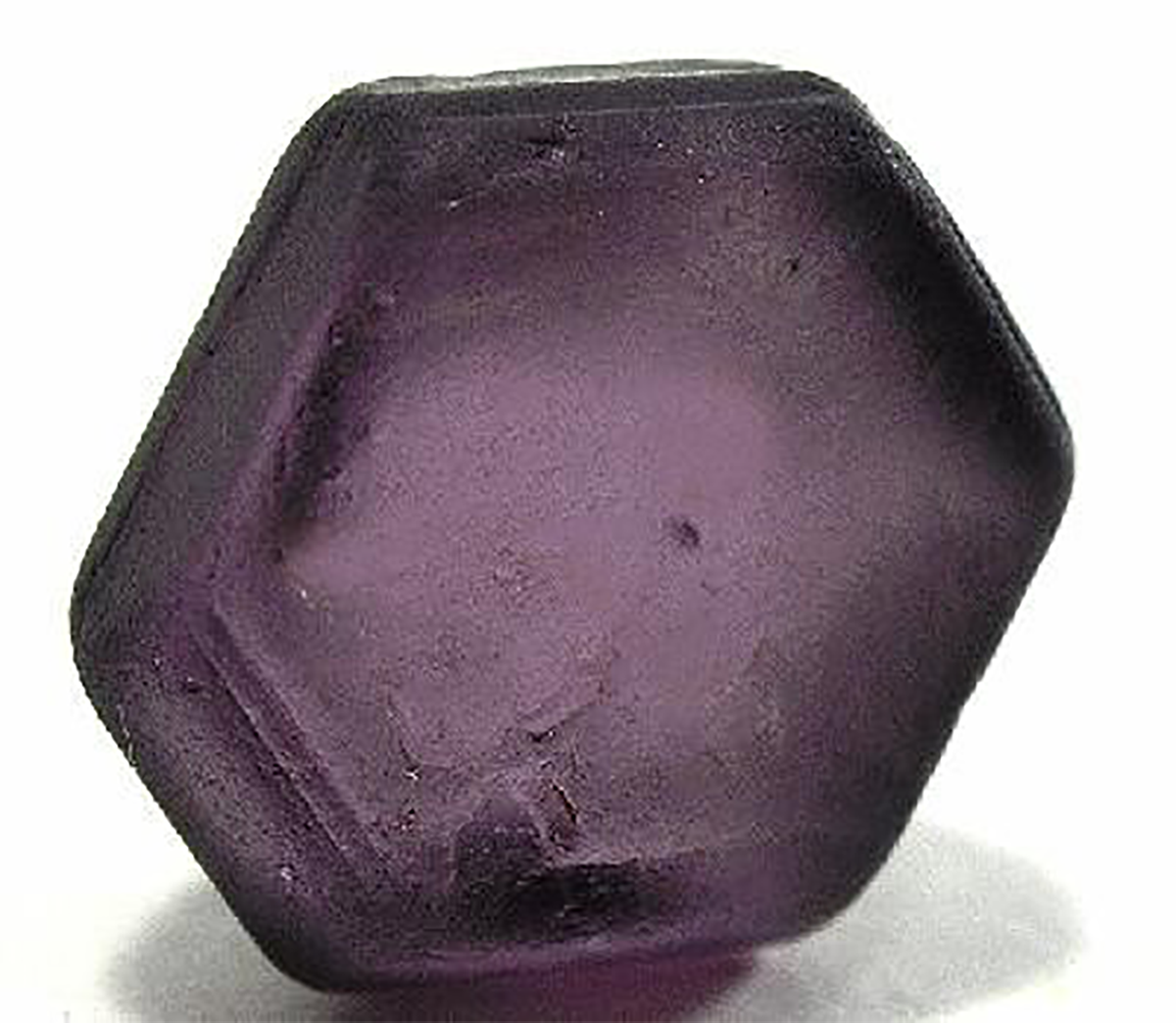
Jeremejevite
Originating from Namibia, jeremejevite is a rare aluminum borate mineral with striking blue hues. Its excellent transparency and durability make it a coveted gemstone despite its limited availability. Jeremejevite’s scarcity ensures its place among the most valuable gemstones for collectors.
Musgravite
Named after Australia’s Musgrave Ranges, musgravite is renowned for its strength and subtle grayish-violet tones. Often mistaken for taaffeite, musgravite’s rarity and resilience make it a gemstone of significant value and appeal in high-end jewelry markets.
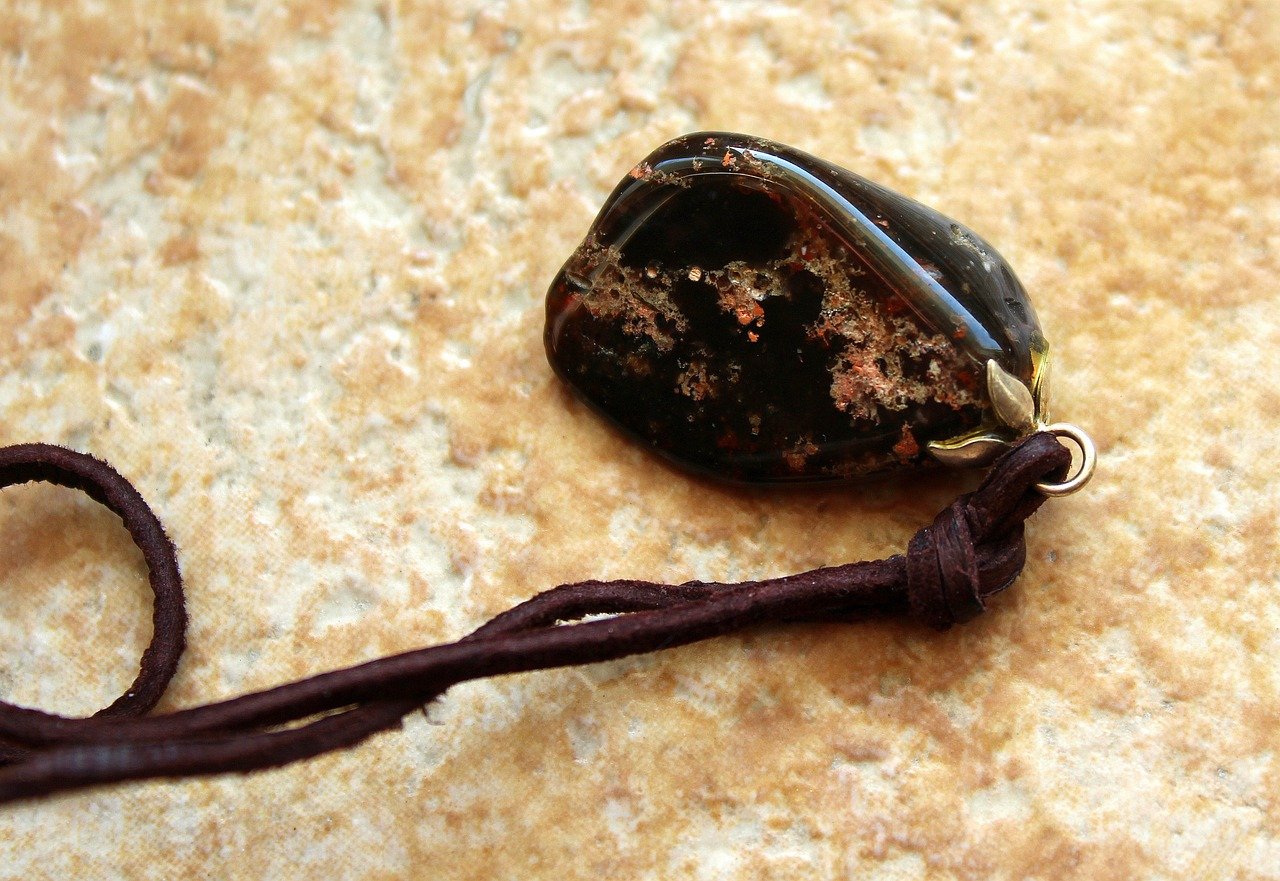
Poudretteite
First found in Mont St. Hilaire, Quebec, poudretteite is a delicate pink gemstone known for its rare crystal structure and limited availability. Its soft hue and transparency make it a highly sought-after gemstone in the fine jewelry industry.
Benitoite
Recognized as California’s state gem, benitoite was discovered near the San Benito River. Its brilliant sapphire-blue color and high dispersion, which rivals that of diamonds, make benitoite one of the most desirable and rare gemstones in the world.
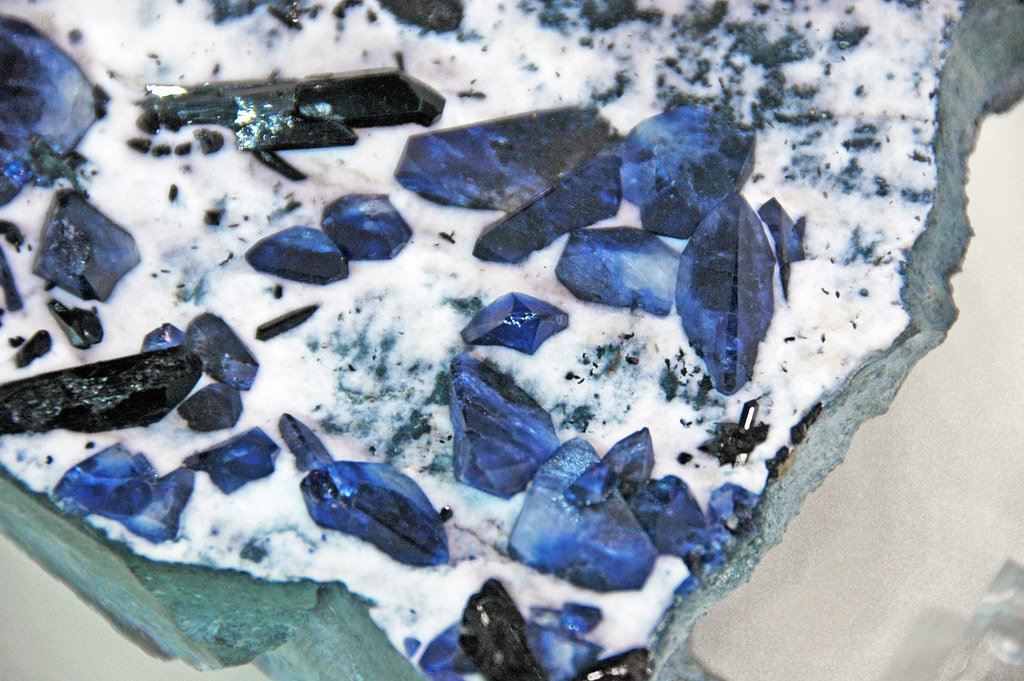
Semi-Precious Gemstones
Semi-precious gemstones are valued for their beauty, rarity, and versatility. Unlike precious stones, these gems are more abundant but equally captivating. From amethyst to turquoise, each gemstone offers unique colors, textures, and benefits. Many believe that semi-precious stones enhance well-being, attract positivity, and promote healing, making them popular choices for jewelry and holistic practices.
Benefits of Semi-Precious Gemstones
Semi-precious gemstones are not just ornamental; they are also believed to provide numerous benefits. Amethyst aids in relaxation and stress relief, citrine attracts wealth and success, and garnet boosts energy and passion. Many holistic practitioners use semi-precious stones for meditation, healing, and spiritual balance, making them integral to both traditional and modern wellness practices.
Top 10 Best Types of Semi-Precious Gemstones
Among the best semi-precious gemstones are amethyst, turquoise, garnet, peridot, citrine, aquamarine, topaz, tourmaline, zircon, and moonstone. Each stone is known for its distinct appearance and energy. Amethyst, for example, is revered for its calming properties, while turquoise is believed to offer protection. These gemstones are used in rings, necklaces, bracelets, and more, adding charm and meaning to every piece.
Amethyst — The Gem of Tranquility and Wisdom
The amethyst gemstone, a regal purple variety of quartz, has been treasured for centuries for its calming and protective properties. Found in Brazil, Uruguay, and Zambia, it represents spiritual clarity, peace, and intuition. As the February birthstone, amethyst balances the Crown Chakra, promoting inner strength and meditation. With a Mohs hardness of 7, it’s suitable for all jewelry types, from rings to pendants. Its combination of beauty and spiritual depth makes natural amethyst one of the most beloved gemstones in the world.
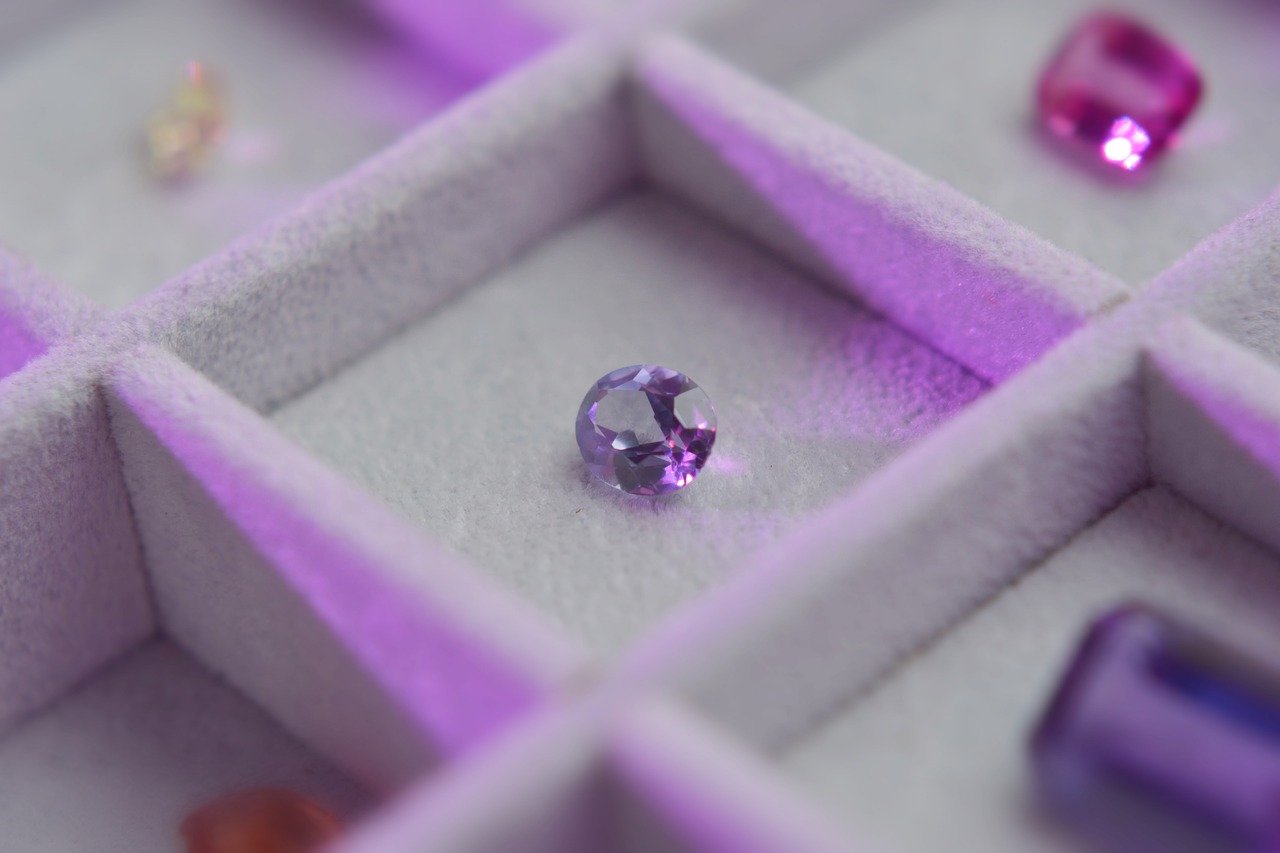
Turquoise — The Gem of Protection and Ancient Wisdom
The turquoise gemstone is one of the oldest known gems, cherished by ancient civilizations for its protective and healing powers. Found in Iran, the USA (Arizona, Nevada), and Egypt, turquoise displays soothing blue-green hues with unique matrix patterns. Symbolizing friendship, peace, and spiritual grounding, it aligns with the Throat Chakra, enhancing self-expression. With a Mohs hardness of 5–6, turquoise requires gentle care — avoid chemicals and direct sunlight. Its earthy energy and vintage appeal make it a timeless favorite in modern bohemian jewelry.
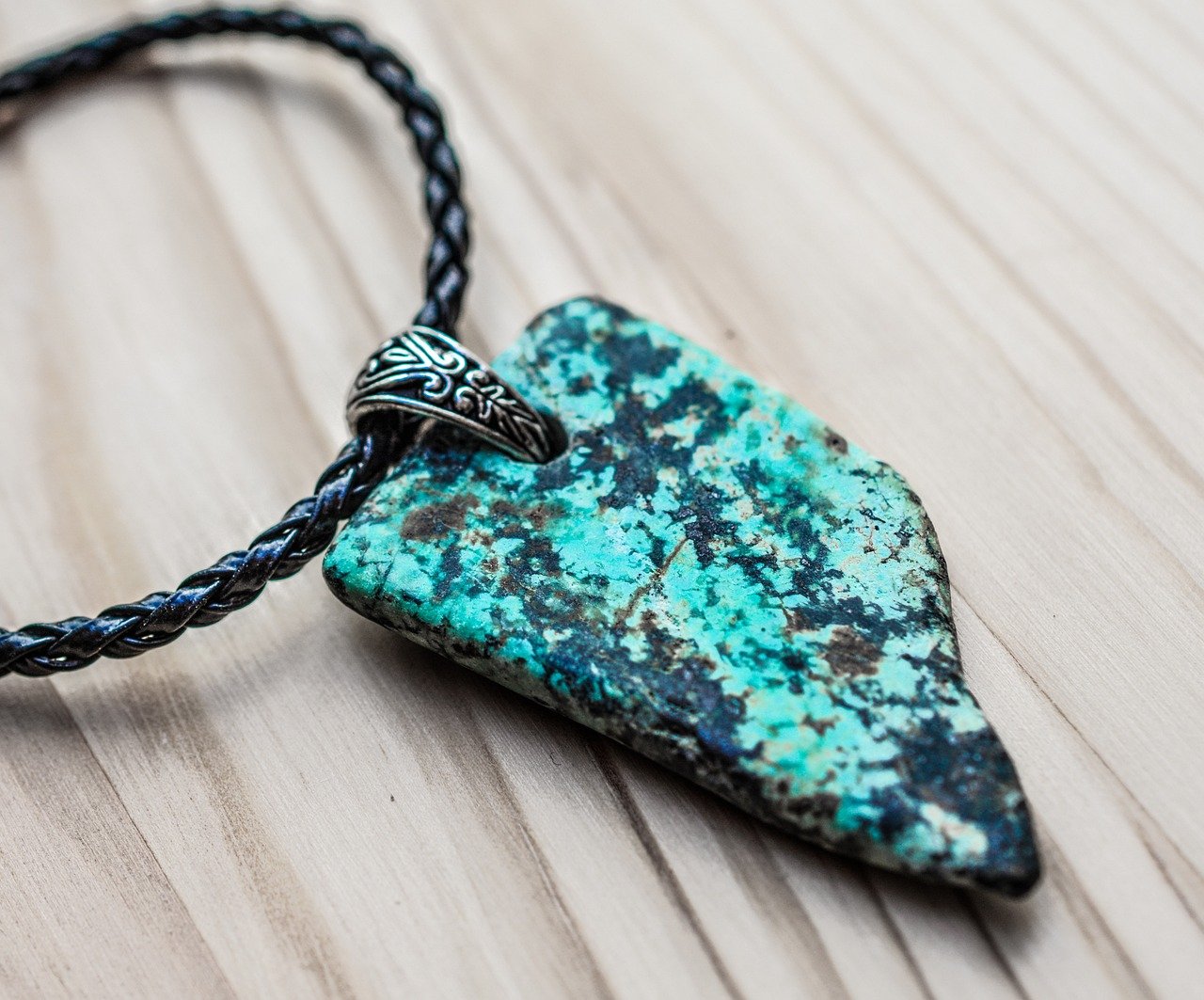
Garnet — The Gem of Passion and Power
The garnet gemstone is admired for its deep red glow and powerful symbolism of love, strength, and vitality. Found in India, Africa, and Russia, garnet actually represents a group of minerals, including almandine, pyrope, and spessartine. With a Mohs hardness of 6.5–7.5, it’s both durable and fiery in appearance. As the January birthstone, garnet energizes the Root Chakra, promoting courage and protection. Its bold beauty and historical significance make it a timeless choice for jewelry and collectors alike.
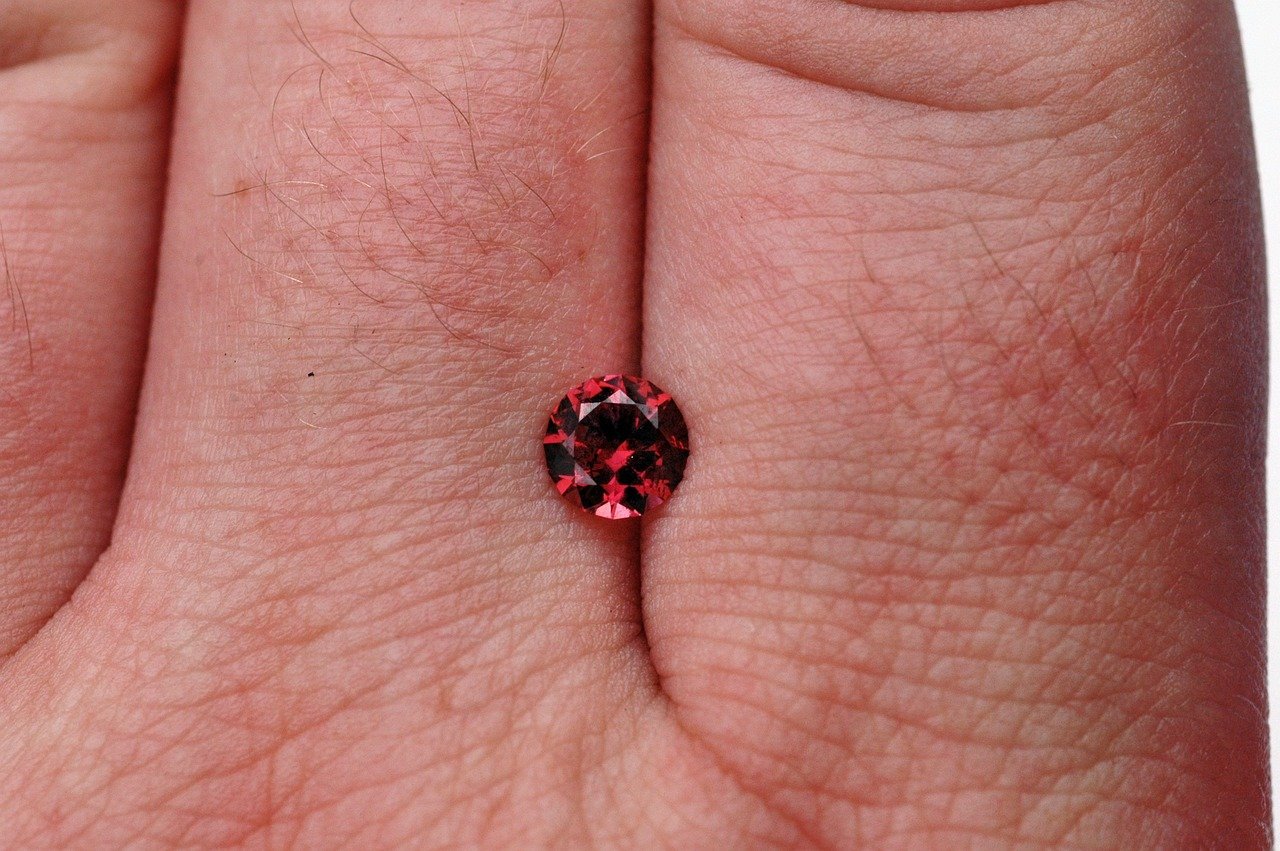
Peridot — The Gem of Light and Renewal
The peridot gemstone, with its vibrant olive-green hue, is one of the few gems found only in a single color. Originating from volcanic regions of Egypt, Myanmar, and Arizona, it symbolizes growth, vitality, and protection. Known as the “Evening Emerald”, peridot sparkles beautifully under artificial light. With a Mohs hardness of 6.5–7, it’s ideal for earrings and pendants. As the August birthstone, it promotes healing, happiness, and spiritual rejuvenation, making it a powerful gem for emotional balance.

Citrine — The Gem of Joy and Manifestation
The citrine gemstone, a radiant variety of quartz, glows with sunny yellow to golden-orange tones. Mined in Brazil, Madagascar, and Spain, it’s known as the merchant’s stone, attracting wealth, success, and positivity. Citrine carries bright solar energy that uplifts mood and enhances creativity. With a Mohs hardness of 7, it’s perfect for daily wear jewelry. Its cheerful color and strong metaphysical properties make it a favorite for those seeking abundance and emotional clarity.
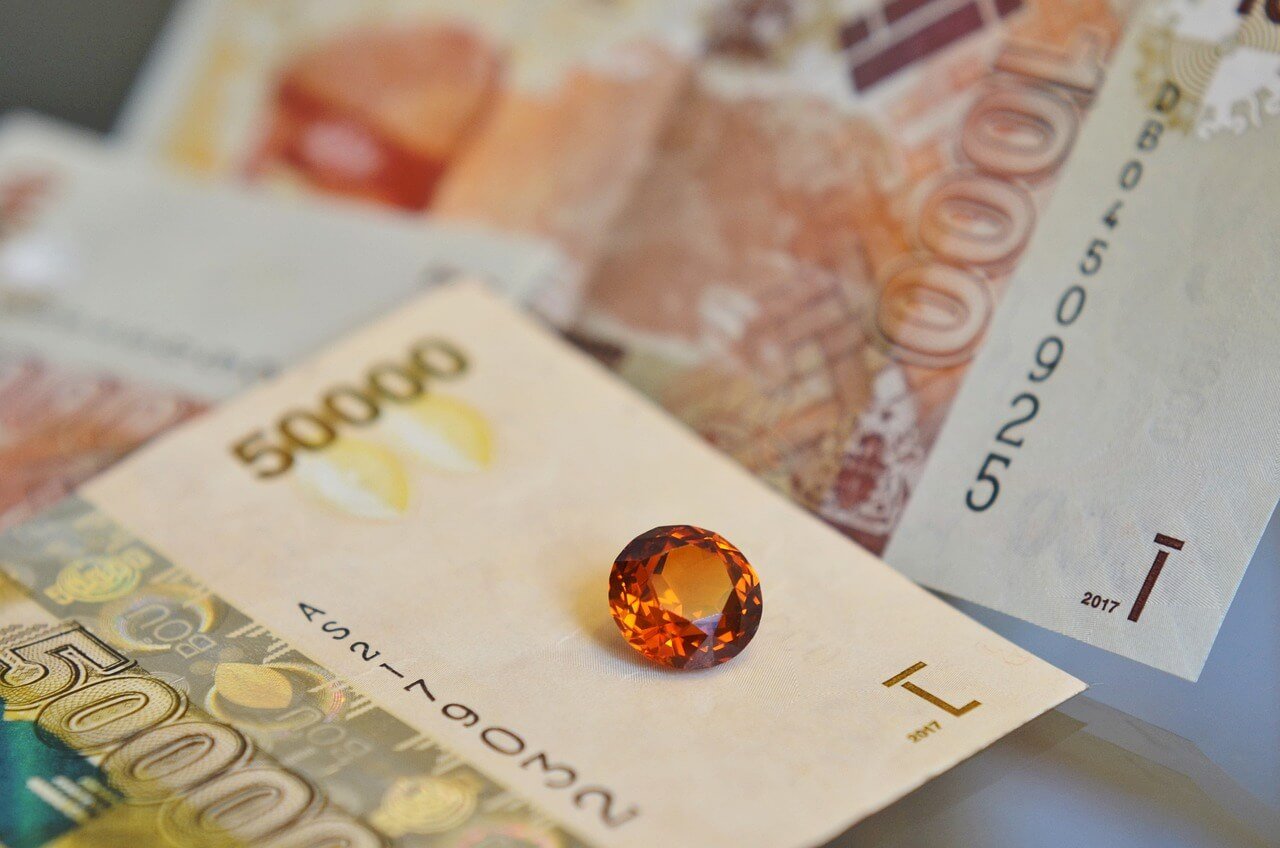
Zircon — The Natural Gem of Brilliance and Fire
The zircon gemstone is one of the oldest minerals on Earth, prized for its incredible brilliance and natural sparkle that rivals diamonds. Often confused with cubic zirconia, natural zircon is a genuine gemstone found in Sri Lanka, Cambodia, and Australia. Available in blue, white, and golden hues, it symbolizes clarity, success, and wisdom. With a Mohs hardness of 7.5, zircon is durable and perfect for everyday jewelry. Its strong refractive index and rich color make it a top choice for engagement rings and fine jewelry enthusiasts worldwide.
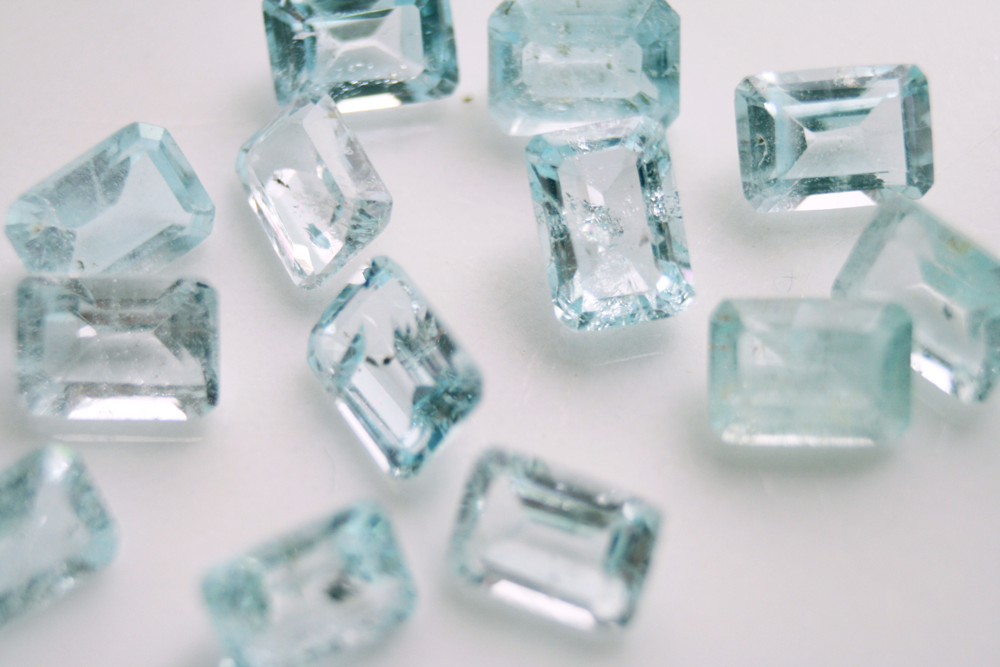
Tourmaline — The Gem of Diversity and Energy
The tourmaline gemstone dazzles in a stunning spectrum of colors, from deep greens to vivid pinks and electrifying blues. Found in Brazil, Afghanistan, and Africa, tourmaline is celebrated for its versatility and energetic balance. Each color variety carries unique meaning green tourmaline promotes healing, pink tourmaline enhances love, and black tourmaline shields against negativity. With a Mohs hardness of 7–7.5, it’s both durable and radiant. Its diverse beauty makes it a favorite among collectors and jewelry designers seeking creativity and vibrancy.
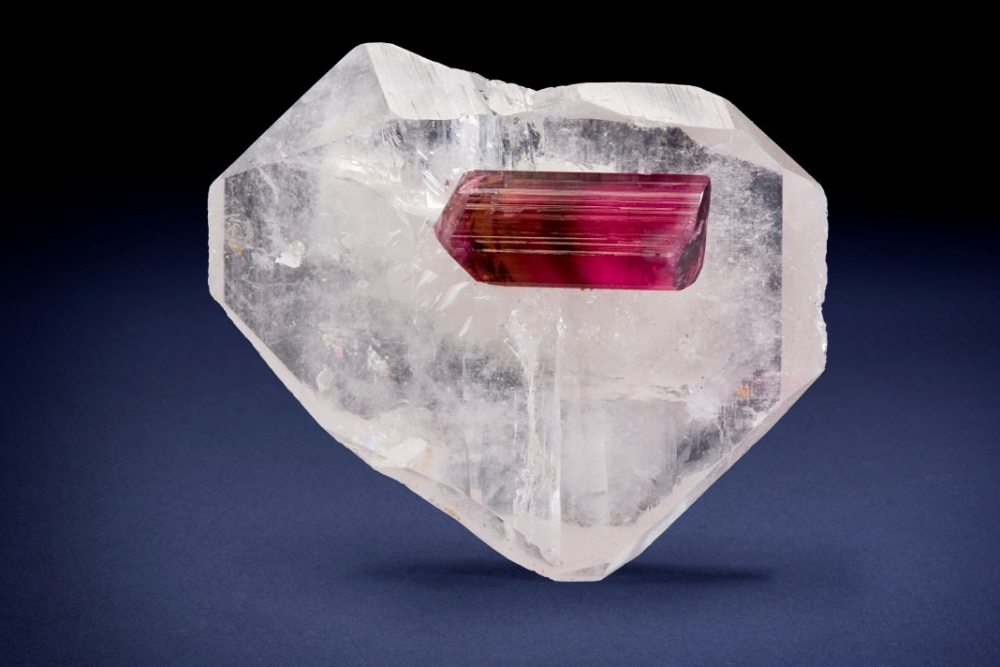
Topaz — The Gem of Strength and Prosperity
The topaz gemstone radiates brilliance and power, available in shades like blue, yellow, pink, and imperial gold. Found in Brazil, Russia, and Pakistan, it symbolizes abundance, confidence, and protection. Blue topaz, the most popular variety, is cherished for its cool serenity and association with the Throat Chakra, enhancing communication and truth. With a Mohs hardness of 8, topaz is ideal for rings and statement jewelry. Its captivating sparkle and rich symbolism make it a timeless gemstone for modern elegance.
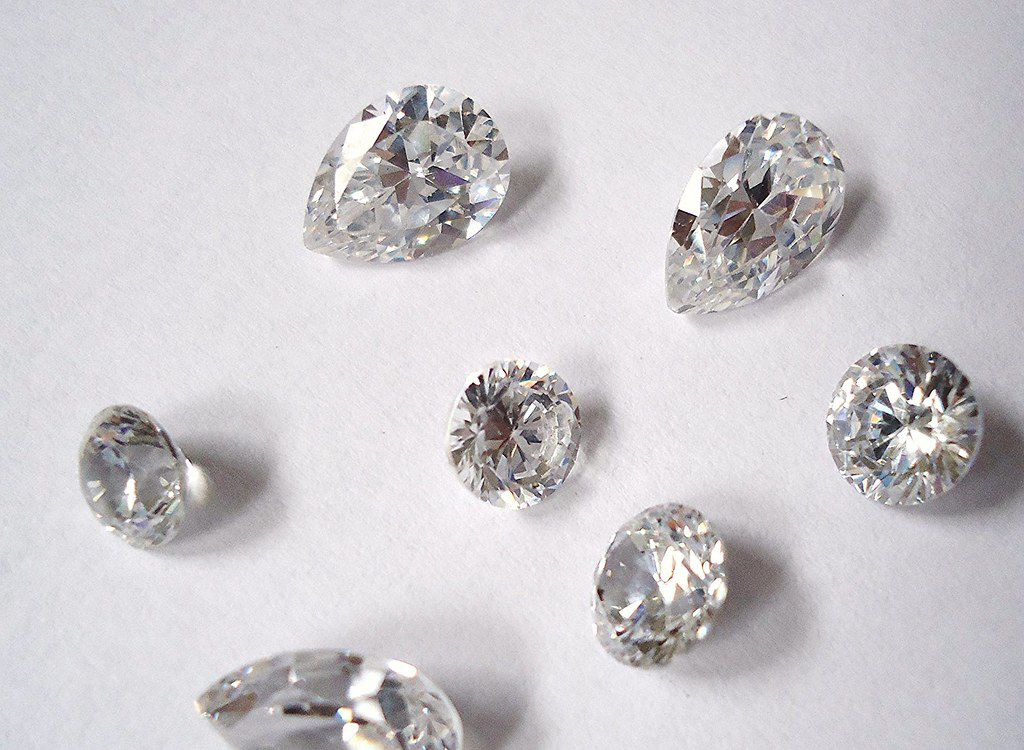
Moonstone — The Gem of Intuition and Inner Balance
The moonstone gemstone shimmers with a mesmerizing glow known as adularescence, resembling the soft light of the moon. Found in Sri Lanka, India, and Madagascar, it’s often associated with intuition, emotional healing, and feminine energy. Popular in boho jewelry and crystal healing, moonstone aligns with the Third Eye and Crown Chakras, enhancing spiritual insight and calmness. With a Mohs hardness of 6–6.5, it’s ideal for rings, pendants, and earrings when handled with care. Rainbow moonstone varieties are especially beloved for their multicolored sheen and mystical appeal.
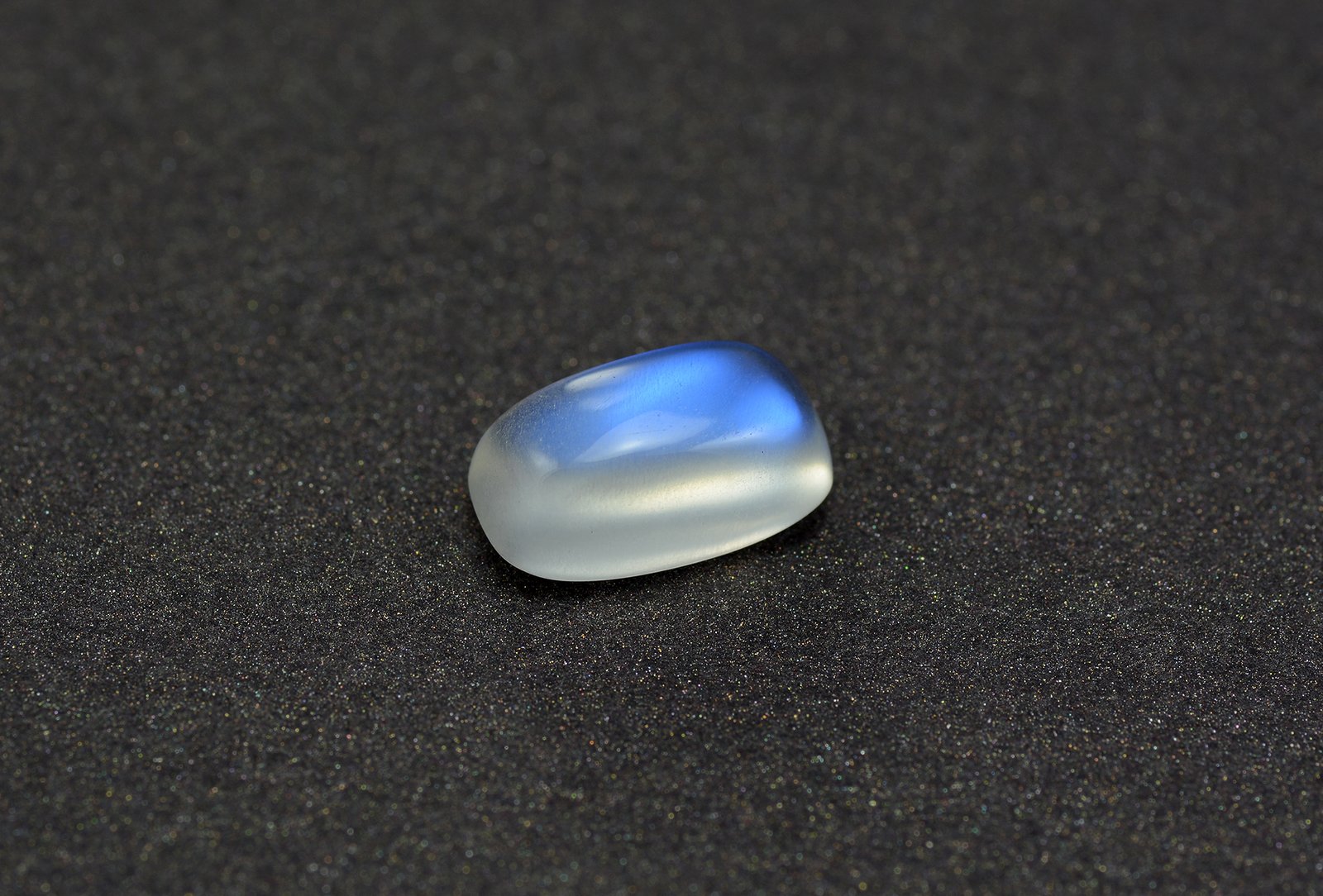
Why Semi-Precious Gemstones Matter
Semi-precious gemstones play a significant role in both jewelry and metaphysical practices. They offer affordable luxury, making gemstone jewelry accessible to a wider audience. Additionally, their perceived healing properties make them popular in alternative medicine. With a wide range of colors and types, semi-precious gemstones allow for personal expression, making them essential in fashion and spirituality.
Gemstones for Jewelry and Rings
Choosing the right gemstones for jewelry is crucial for enhancing the beauty of any piece. Types of gemstones for jewelry include diamonds for timeless elegance, emeralds for a royal touch, and types of blue gemstones like sapphires for sophistication. For rings, gemstones like moissanite, garnet, and types of turquoise stone are highly sought after. Exploring different types of stones for rings helps in selecting durable and beautiful stones that suit various designs.
Best Gemstones for Engagement Rings
Engagement rings symbolize love and commitment, and choosing the right gemstone is vital. Types of engagement ring stones like diamonds, moissanite, and types of garnet are popular choices. Buyers can explore different types of stones for engagement rings to find the perfect match. The variety includes classic stones, colorful gems, and unique options like alexandrite and tourmaline.
Gemstone Names and Properties
Each gemstone has its unique name, origin, and properties. Gem stone names such as topaz, sunstone, and amethyst reflect their distinct characteristics. Understanding types of crystal stones and their metaphysical properties is essential for those interested in crystal healing. The market offers all crystal names and their specific benefits, making it easier for buyers to select stones based on their needs.
Gemstone Uses in Jewelry and Daily Life
Gemstones serve not only aesthetic but symbolic purposes. From diamond engagement rings to amethyst healing bracelets, each gem adds beauty and meaning. Popular trends in USA and UK jewelry markets include aquamarine engagement rings, pearls by the yard, and multi-gemstone pendants. These styles blend elegance with metaphysical energy, appealing to both modern and spiritual consumers.
Caring for Your Gemstones
Proper care ensures your gemstones last generations. Clean gems using mild soap and lukewarm water avoid ultrasonic cleaners for soft stones like opal and turquoise. Store each gemstone separately in a soft pouch to prevent scratches. Avoid harsh chemicals, and never expose gems like amber or pearl to high heat. Regular maintenance keeps your jewelry radiant and valuable.
Frequently Asked Questions About Gemstones
The main types include diamond, ruby, sapphire, emerald, amethyst, opal, turquoise, and garnet, among many others.
Precious gems (diamond, ruby, sapphire, emerald) are rarer and costlier, while semi-precious stones are more common but equally beautiful.
Semi-precious gemstones include amethyst, garnet, and topaz.
Diamond is the hardest natural material with a Mohs hardness of 10.
Yes, synthetic gems share the same structure and composition as natural ones, though they’re synthetic.
Use mild soap and warm water, avoid abrasives, and pat dry with a soft cloth.
Hard stones like sapphire, ruby, and spinel are ideal for daily wear jewelry.
Many believe gemstones carry metaphysical energy. e.g. amethyst for calmness, rose quartz for love.
Always buy from certified jewelers and ask for authenticity certificates like GIA or IGI.
In Tier-1 countries, sapphire, emerald, and morganite lead jewelry trends due to their elegance and versatility.
Conclusion: Exploring the World of Gemstones
Exploring the types of gemstones reveals a world of beauty, color, and significance. Whether you are drawn to the elegance of types of sapphires, the uniqueness of types of opal, or the affordability of types of semi precious stones, there is a gemstone for everyone. Understanding different types of gems, their properties, and values helps in making informed decisions for jewelry, investments, and collections.
